Featured // Web Only
Approaching Thanksgiving with Relish
essay by Sheri Castle
Our Past
Browse past issues and articles from the last 30 years
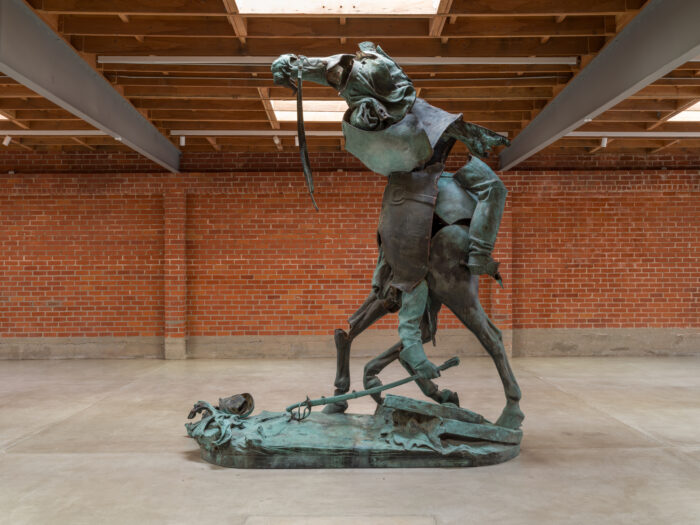 Art
Art
MONUMENTS
by Grace Elizabeth HaleThis is a review of MONUMENTS at The Museum of Contemporary Art and The Brick at The Geffen Contemporary at MOCA, Los Angeles, California, on view through May 6, 2026. MONUMENTS does something powerful and all too rare in recent group exhibitions of contemporary art. It does not tell us what to think and then »
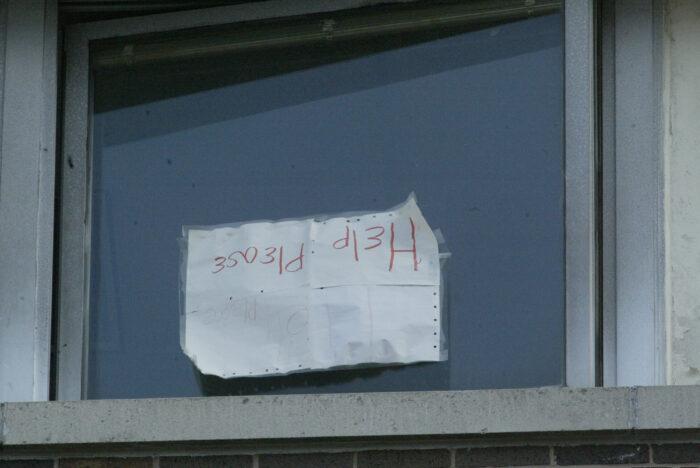
A Matter of Acceleration
Remembering Katrina to Face Today's Storms
by Stephanie Guilloud1. The government did not want to claim the dead. I believe that they did not want the death count after Katrina to exceed the number of people who died on 9/11. That would mean someone would have to get bombed, I guess. Or at least blamed. I know that doesn’t sound right. Nothing that »
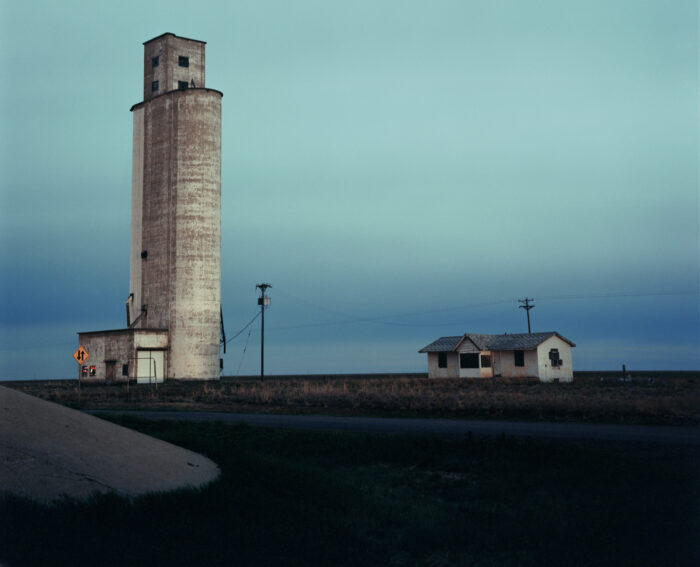 Art
Art
Creating in the Ethers
The Nasher at Twenty
by Xuxa Rodríguez, Marshall N. PriceAs the Nasher Museum of Art celebrates its 20th anniversary, curators Marshall Price and Xuxa Rodríguez sit down to talk about two exhibitions now on view—Everything Now All At Once and Coming into Focus—and what it means to build a collection in the South today. Marshall Price: What does the title Everything Now All At »
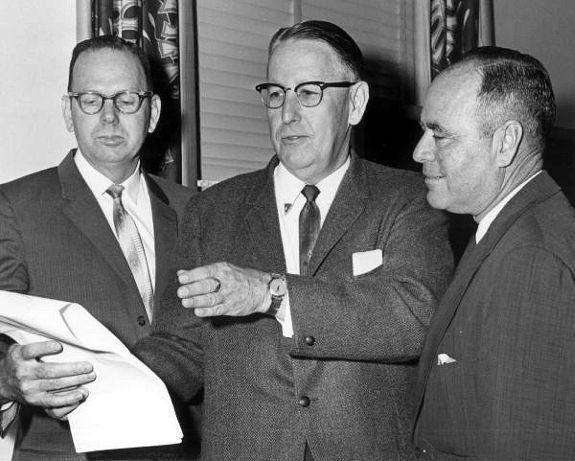 Politics
Politics
Enemies of the People
A Forgotten Race War in McCarthy-Era Miami
by Robert W. FieselerFrom 1956 to 1965, the residents of the boom state of Florida were held hostage to a McCarthy-esque investigation with the power to declare anyone who opposed segregation—including Black integrationists and closeted queer teachers—to be Communists, perverts, and “enemies of the people.” Officially called the Florida Legislative Investigation Committee, this group of white lawmakers was »
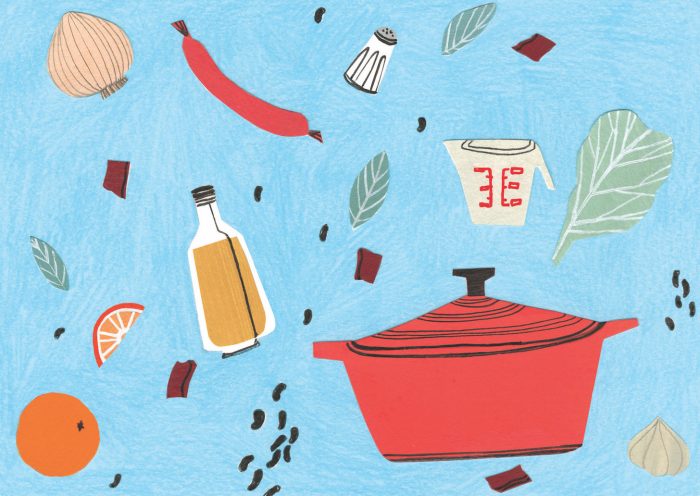 Food
Food
Recipes Lost and Found
A Post-Katrina Community Exchange
by Anna HamiltonLongtime journalist Judy Walker worked as the food editor at the New Orleans–based Times-Picayune for about a year before Hurricane Katrina hit. Most of the newspaper staff, including Walker, evacuated to Baton Rouge and worked in a temporary office in the aftermath of the storm. By mid-October, the newspaper returned to New Orleans and the food section »
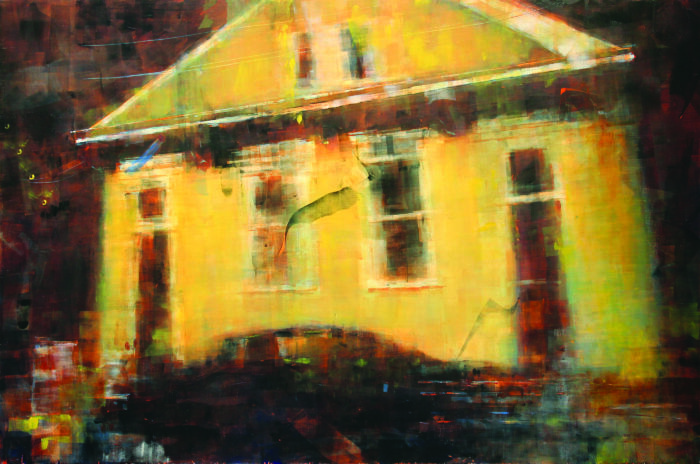
Katrina’s America
by Andy HorowitzOn August 29, 2005, when I was twenty-four and living in Connecticut, I watched the levees surrounding metropolitan New Orleans collapse on television. I called my ex-girlfriend, a fifth-generation New Orleanian who was then living in Lafayette. When she answered the phone, I heard crying in the background. Friends from New Orleans had evacuated to »
 Poetry
Poetry
A Mass For Worlds Pre and Post
Preface to a 918 Volume (304 children) Suicide Note or Letter to June Jordan on Jonestown reply written in New Orleans, 1,392, . . . official count
by Kristina Kay RobinsonI. refrain: “And what about that blue house? Are youhiding any souls over there?”-St. Mary and an archangel interrogate the demonrefrain: “goddamn dreamers” –Jim Jones
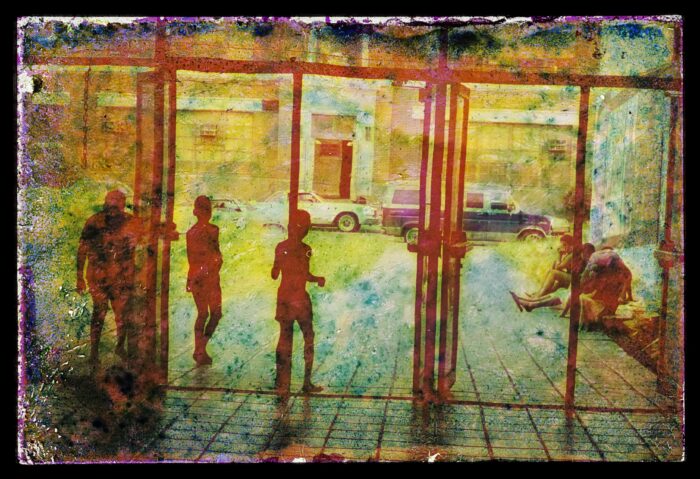 Photography
Photography
Artist Spotlight: Right of Return
by Chandra McCormick, Keith CalhounOur work centers on everyday people whose lives are rooted in the soil and woven into the fabric of American society. We are drawn to photography for its power to convey stories—how a single image can speak volumes. Through our lens, we spotlight the builders, planters, caretakers, and laborers of the Deep South—those who nurture »
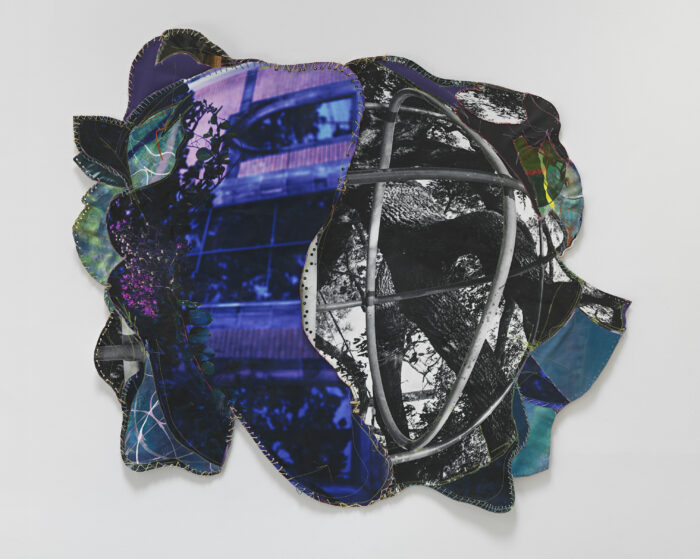 Roundtable
Roundtable
Ever Since
A Roundtable
by Southern Cultures“When people talked about ‘Katrina,'” a New Orleanian told a New Orleans Gambit reporter in 2008, “they are not just talking about the storm anymore. It’s the insurance crisis, the mental health crisis, the crime, the homeless under the bridge—the whole ball of wax.” What is Katrina now? A storm, a flood, or an engineering failure? A »
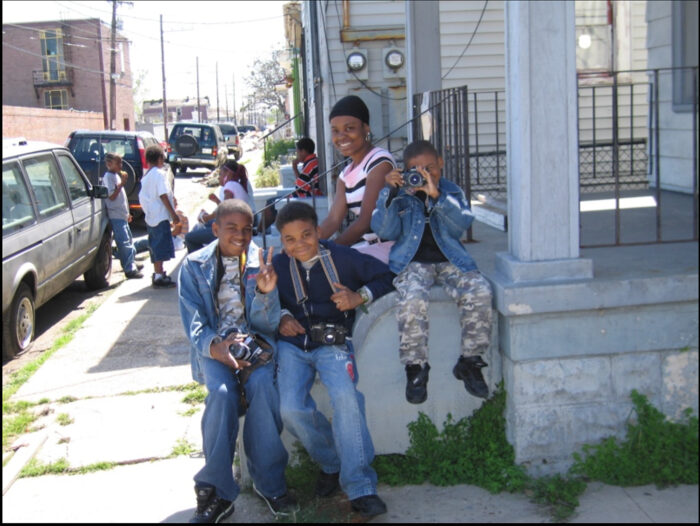 Photo Essay
Photo Essay
“I Was a Person Who Was Raised on Love, Not Raised...
by Angelica RobinsonI don’t remember much of how the actual city of New Orleans looked when I was a child, especially my surroundings before Hurricane Katrina. Growing up, my lens of the city was my family’s home in the Ninth Ward. Sometimes it felt like my siblings and I were in our own bubble. We usually just »
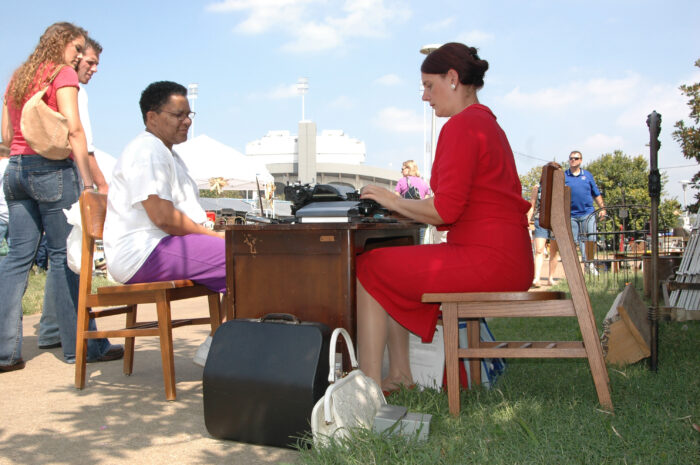 Art
Art
Sheryl Oring’s “I Wish to Say”
by Corey DzenkoIn 2004, artist Sheryl Oring donned a red, white, and blue outfit of a 1960s-era secretary and first performed her ongoing social practice project I Wish to Say. She asked participants, “If I were the president, what would you wish to say to me?” She typed their responses verbatim with a typewriter onto four-by-six-inch postcards. This »
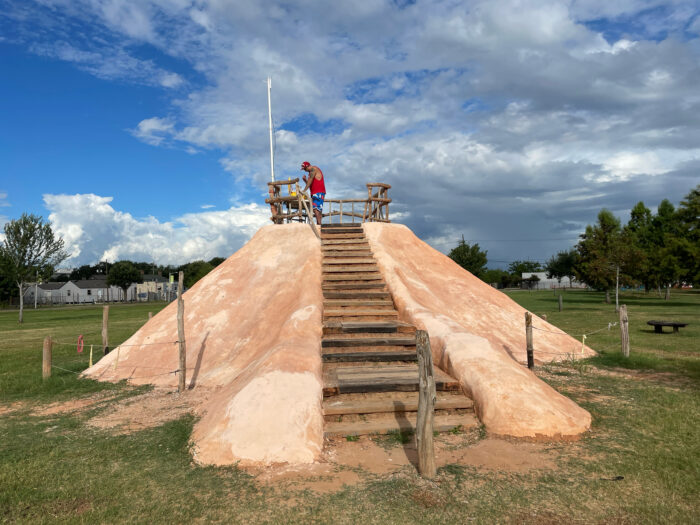 Interview
Interview
In the Spirit of Community
The Nanih Bvlbancha Mound
by Tammy Greer, Mariah Hernandez-FitchIt was a two-hour drive from New Orleans to Hattiesburg, Mississippi, in the sweltering heat of summer 2024, when I first met Dr. Tammy Greer. Just the day before, I had taken an early morning walk to Nanih Bvlbancha at Lafitte Greenway, a project she helped bring to life alongside a collaborative group of artists »
